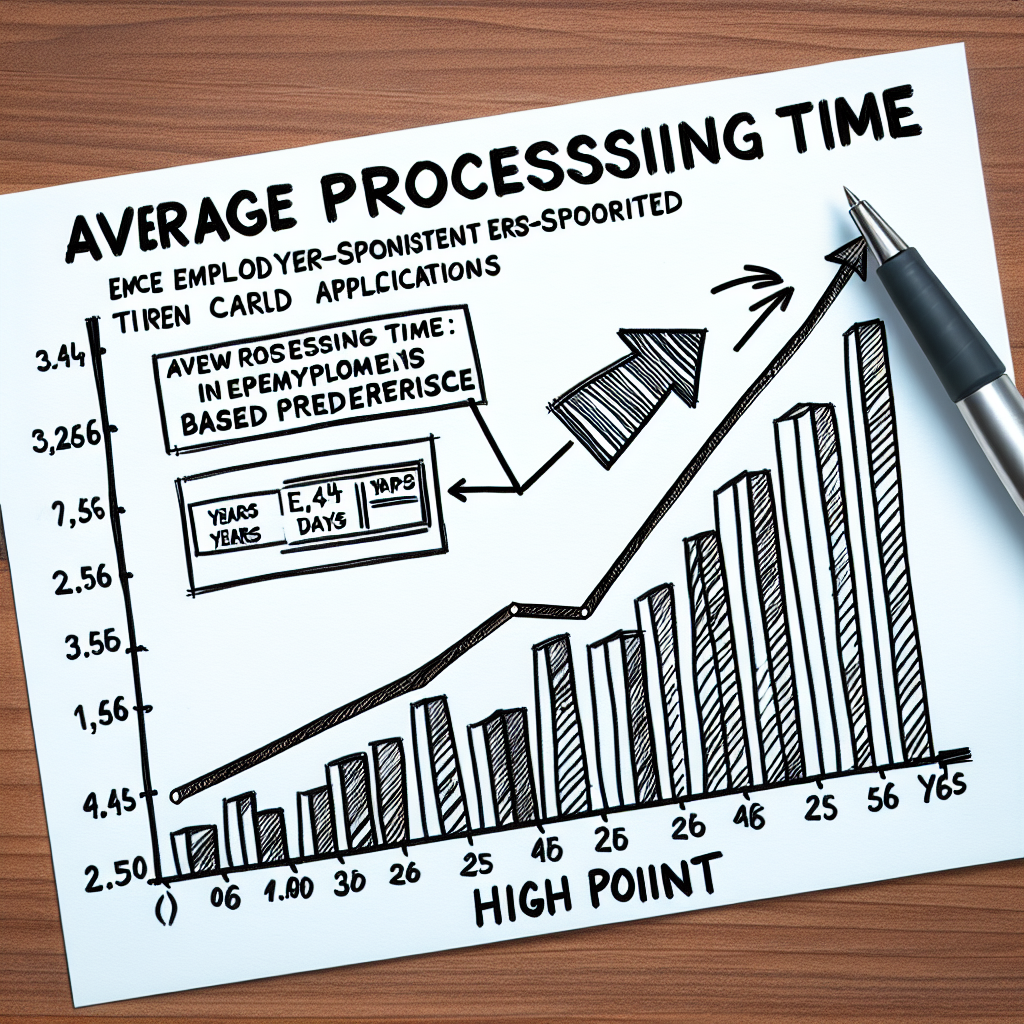According to the latest data from the Cato Institute, a US think tank, the processing time for US employer-sponsored Green Card applications, also known as the Employment-Based Third Preference (EB-3), has skyrocketed to an average of 3.44 years (1,256 days), hitting a new historical high.
For applicants willing to pay an expedited fee of $2,805, the wait time can be reduced to 2.8 years (1,037 days). Since 2016, this method, touted as the “best bang for your buck” to obtain a Green Card, has seen an extension of processing time by over 18 months.
The Cato Institute points out that the complex application procedures and prolonged wait times severely impact the United States’ ability to attract global talent, urging the need for reform to streamline the process.
The institute breaks down the employer-sponsored Green Card application process into six stages, with the employer initiating the process while the employee must be actively involved throughout:
1. Preparing the Application: Employers and applicants prepare documents to prove eligibility, including degree certifications, proof of the employer’s ability to pay, and work experience letters. In the second quarter of 2025, there is no publicly available data on the average wait time for this stage, with lawyers estimating it to take from weeks to months.
2. Wage Standard Evaluation: The Department of Labor determines occupational classifications, skill levels, and regional codes based on job responsibilities, skill requirements, and work locations, issuing wage standard evaluations from its online database. Since 2016, the average wait time for this stage has nearly tripled. In the second quarter of 2025, the average wait time is 187 days, compared to 76 days in 2016.
3. US Worker Recruitment: According to Department of Labor regulations, employers must advertise in multiple newspapers to recruit US workers and interview applicants who meet the “minimum” standards, even if they do not meet all requirements. The average wait time for this stage in the second quarter of 2025 is 141 days, compared to 131 days in 2016.
4. Labor Certification: After demonstrating the lack of qualified US workers for the position, the employer applies for labor certification. The average wait time for this stage in the second quarter of 2025 is 483.4 days, compared to 180 days in 2016.
5. Employer Application: Employers must submit an application to the Department of Homeland Security (DHS) to prove that the employee qualifies for sponsorship and confirm the employer’s ability to pay. This is one of the few processes where waiting time can be shortened by paying a fee. Employers can pay an expedited fee of $2,805 (regular fee is $715) to receive a response within 15 days (unless the government requests additional information). The average wait time for this stage in the second quarter of 2025 is 234 days, compared to 180 days in 2016.
6. Green Card Application: Submitting the I-485 form is the employee’s request to transition from a temporary work visa status to lawful permanent residency. Employees must undergo background checks and health screenings, and confirm that the original job opportunity still exists. The average wait time for this stage in the second quarter of 2025 is 210 days, compared to 165 days in 2016.
These delays do not include the time spent waiting for annual Green Card quotas (often several years) or the processing time for temporary work visas (such as H-1B), making the overall process longer. Due to the lengthy procedures, over 90% of employer-sponsored Green Card applicants must already be in the US, holding an H-1B or other temporary work visas to secure employer support.

